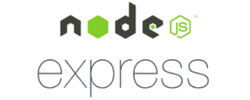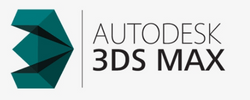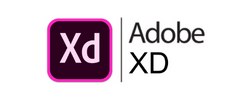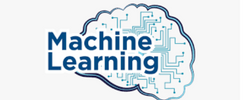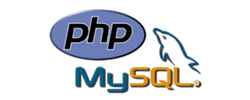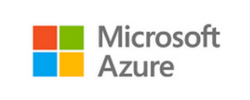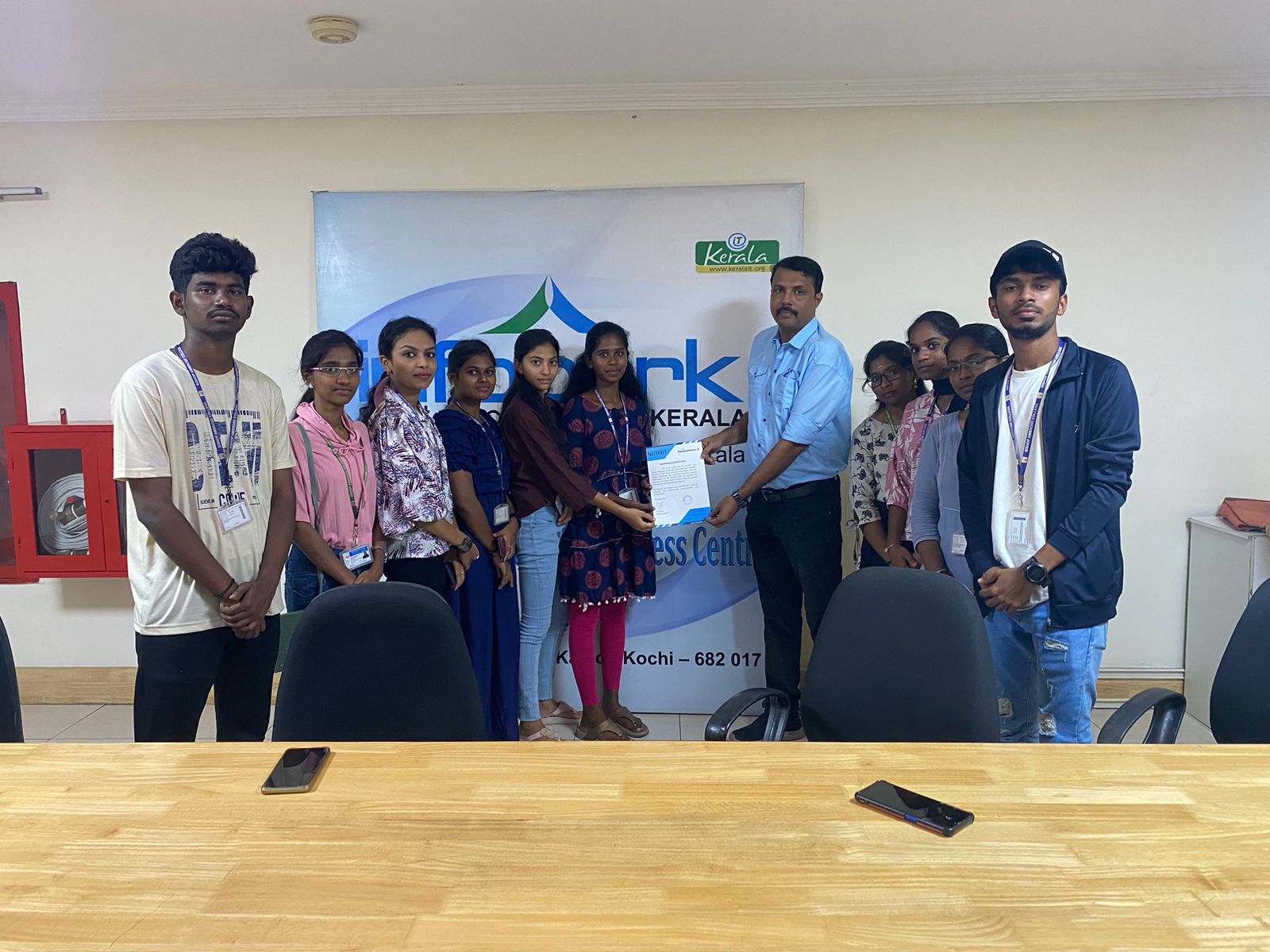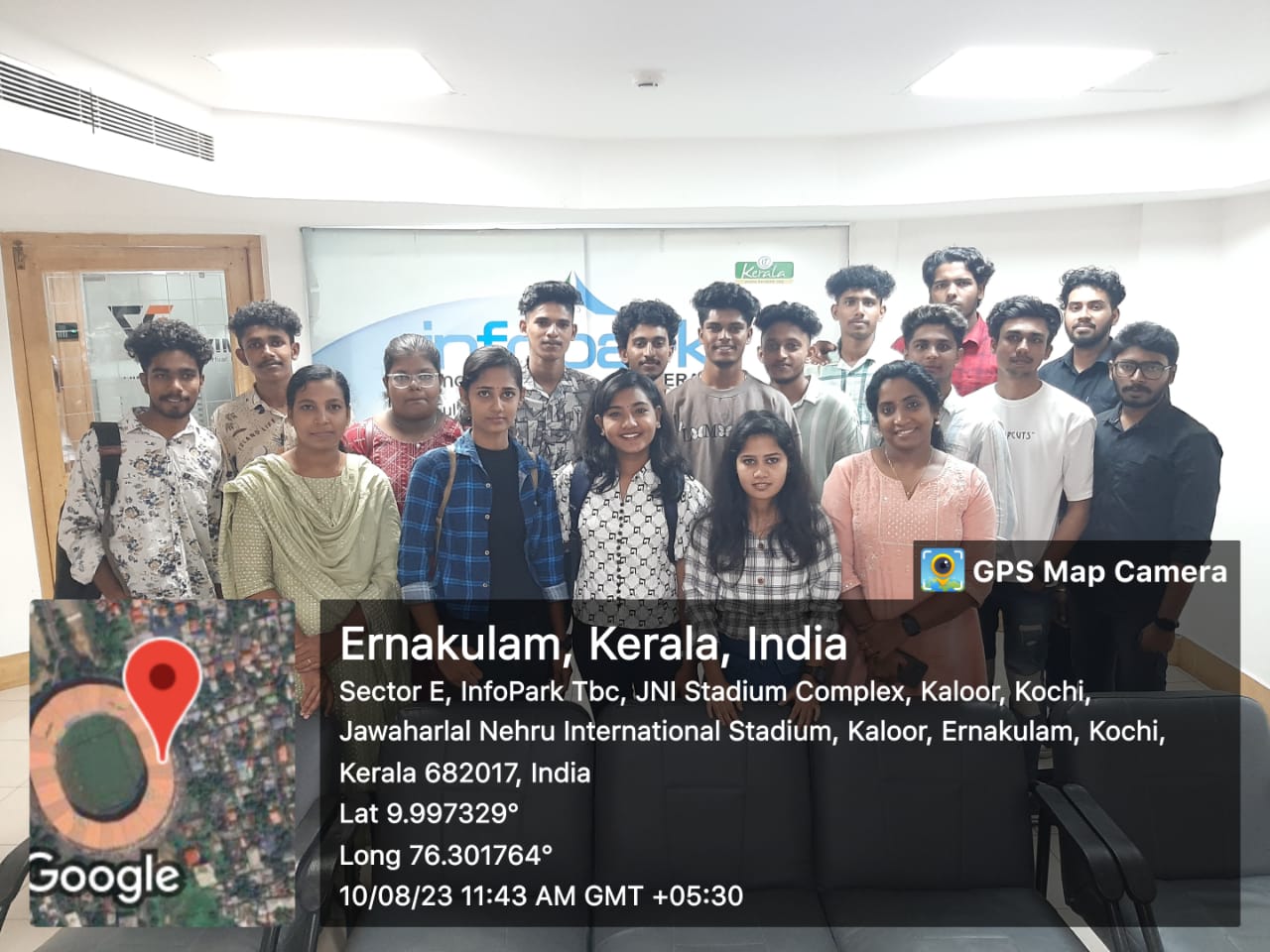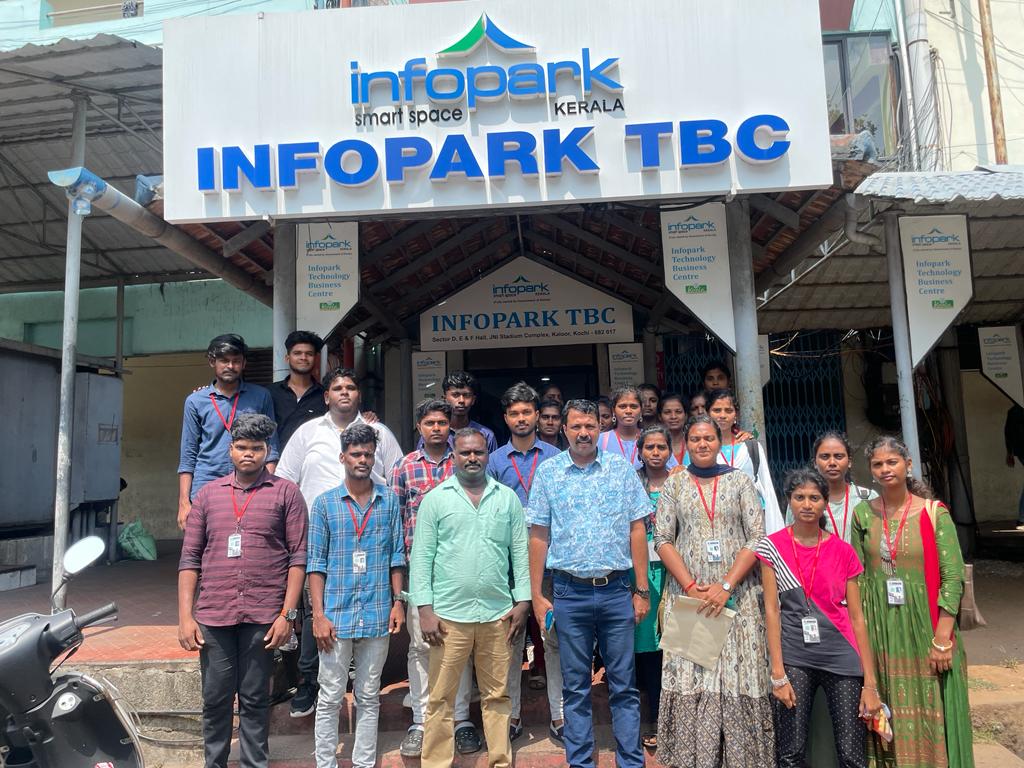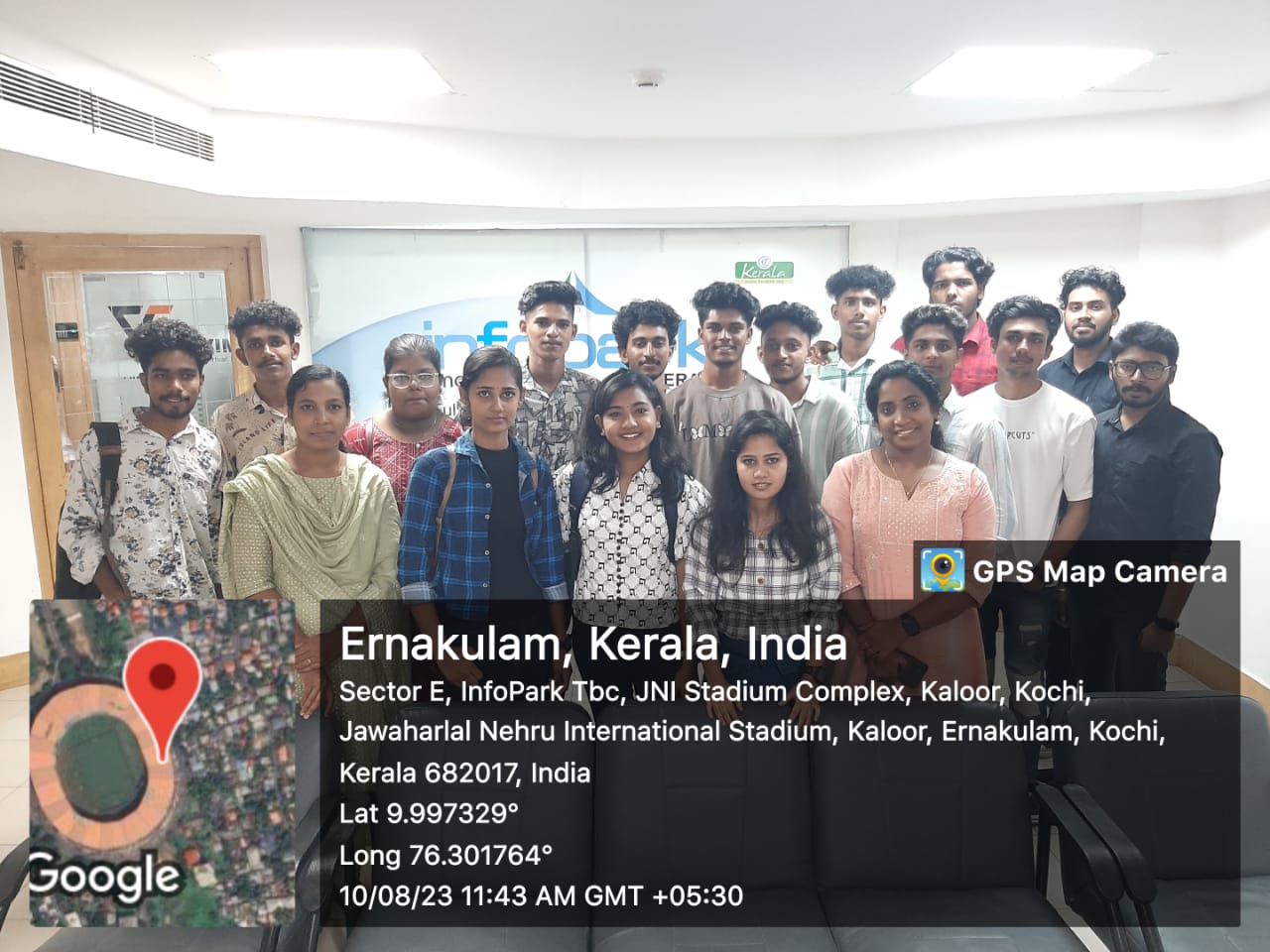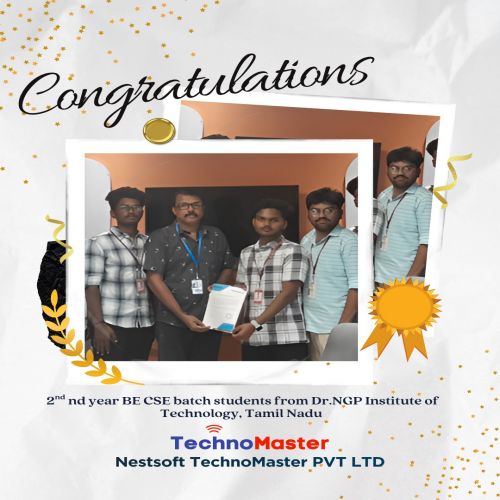MongoDB Training by Experts
Our Training Process

MongoDB - Syllabus, Fees & Duration
Module 1: Introduction to NoSQL
- What Is NoSQL?
- Why NoSQL databases are required
- Types of NoSQL Database
- NoSQL vs SQL Comparison
- ACID & BASE Property
- CAP Theorem
- Benefits of NoSQL databases
- Installation
- Start and Stop the MongoDB process
Module 2: MongoDB Architecture
- Document, Collection, Databases
- JSON and BSON
- Storage Engines
- Read Path
- Journaling
- Write Path
- Working Set
- Capped Collection
- Oplog collection
- TTL Index
- GridFS
Module 3: CRUD Operations
- MongoDB Data Types
- Inserting, Update, Deleting the documents
- Querying the documents
- Bulk insert operation
- Updating multiple document
- Limiting documents
- Filtering documents
Module 4: Schema Design and Data modeling
- Dynamic Schema
- What is Data modeling?
- RDBMS and MongoDB Data modeling difference
- Embedding Document
- Reference Document
Module 5: Indexes
- Index concepts in MongoDB
- Types of indexes
- Indexes and its use cases
- Creating Indexes
- Managing Indexes
- Index strategies
Module 6: Database Administration in MongoDB
- Database status
- Troubleshooting issues
- Current Operations
- Rotating log files
- Users and Roles
- Copy and Clone database
- DB and Collection Stats
- Explain plan
- Profiling
- Changing configuration files
- Upgrading the database
Module 7: MongoDB: Backup and Security
- Concept of backups
- mongoexport/mongoimport
- mongodump/mongorestore
- Oplog backups
- LVM Backups
- Backups using MMS/Ops Manager
- Purpose of security
- Authentication and authorization
- Role based access control
Module 8: Replication in MongoDB
- Concept of replication
- ReplicaSet member roles
- Voting and Electing primary
- Role of Oplog in replication
- Read and Write Concern
- Arbiter,Hidden and Delayed replica node
- Priority settings
- Replicaset nodes health check
- Concept of resyncing the nodes
- Rollbacks during failover
- Keyfile authentication
Module 9: MongoDB Scalability
- Concept of Scalability
- Sharding concept
- Shardkey and Chunks
- Choosing shardkey
- Sharding components
- Types of Sharding
- Balanced data distribution
- Sharded and Non-sharded collection
- Sharded Replicaset
- Tag aware sharding
Module 10: MongoDB Monitoring and Other Tools
- MMS Manager
- Ops Manager
- Mongo utility commands
- Mongo developer tools
- MongoDB Atlas
- MongoDB client drivers
This syllabus is not final and can be customized as per needs/updates





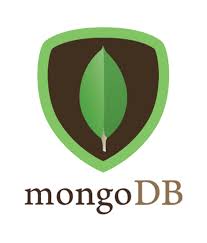 data sharding in MongoDB supports storing data across many machines to boost the performance of large-scale databases. the globe is on the brink of an information overload, and large databases are required to store and manipulate this information. as a result MongoDB doesn’t have a strictly defined, consistent schema it's a document store database. the most effective MongoDB online training Institute. It supports replication; if the first server goes down throughout a transaction, then the secondary server handles the transaction without human interaction.
. There aren't any tables in MongoDB. the two situations that it addresses specifically are indexes that don’t work into memory and write-heavy data. It stores knowledge in document format to alter any range of records, add or delete existing fields within the table. data is unbroken as a document using tables and rows as in a relational database.
data sharding in MongoDB supports storing data across many machines to boost the performance of large-scale databases. the globe is on the brink of an information overload, and large databases are required to store and manipulate this information. as a result MongoDB doesn’t have a strictly defined, consistent schema it's a document store database. the most effective MongoDB online training Institute. It supports replication; if the first server goes down throughout a transaction, then the secondary server handles the transaction without human interaction.
. There aren't any tables in MongoDB. the two situations that it addresses specifically are indexes that don’t work into memory and write-heavy data. It stores knowledge in document format to alter any range of records, add or delete existing fields within the table. data is unbroken as a document using tables and rows as in a relational database.

